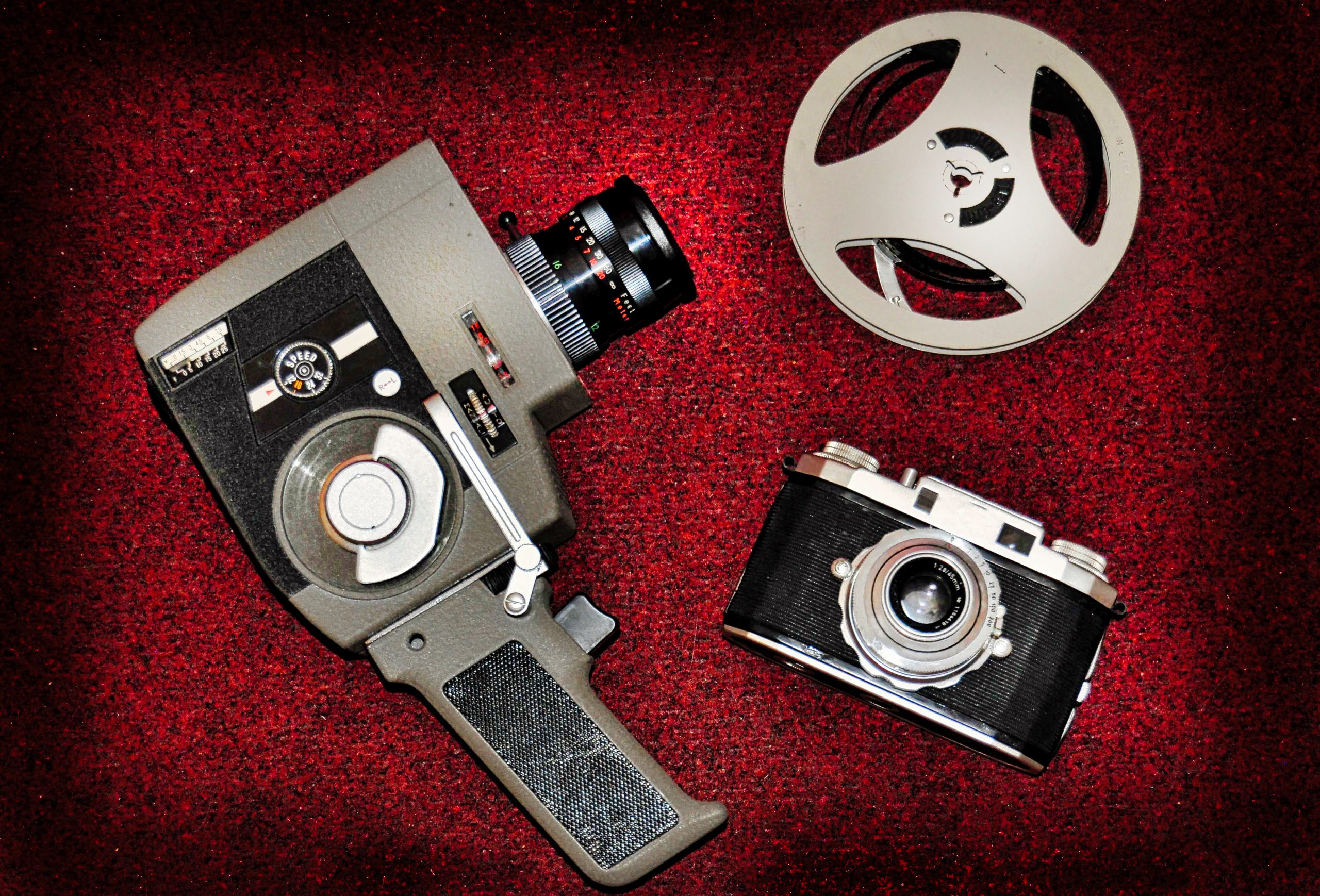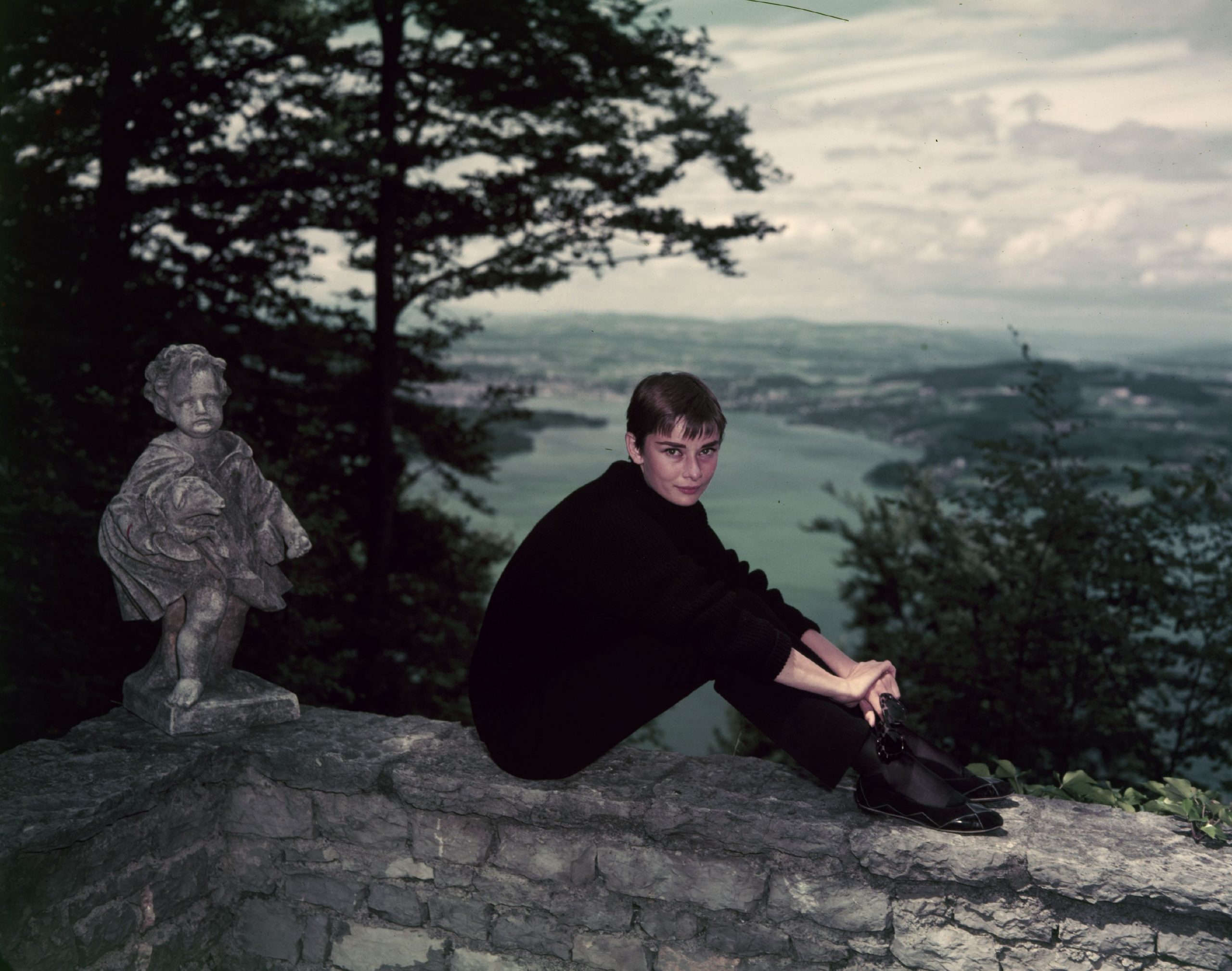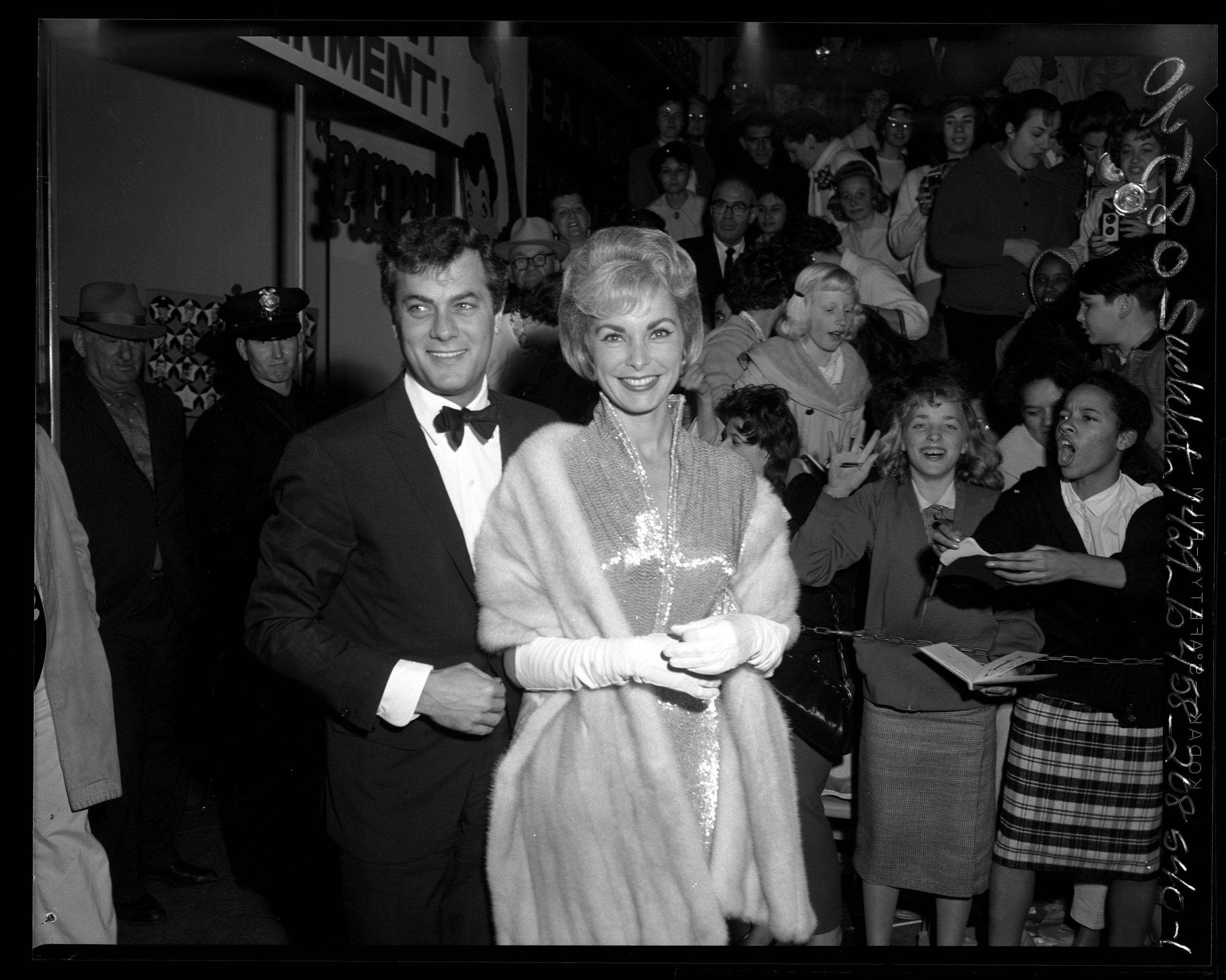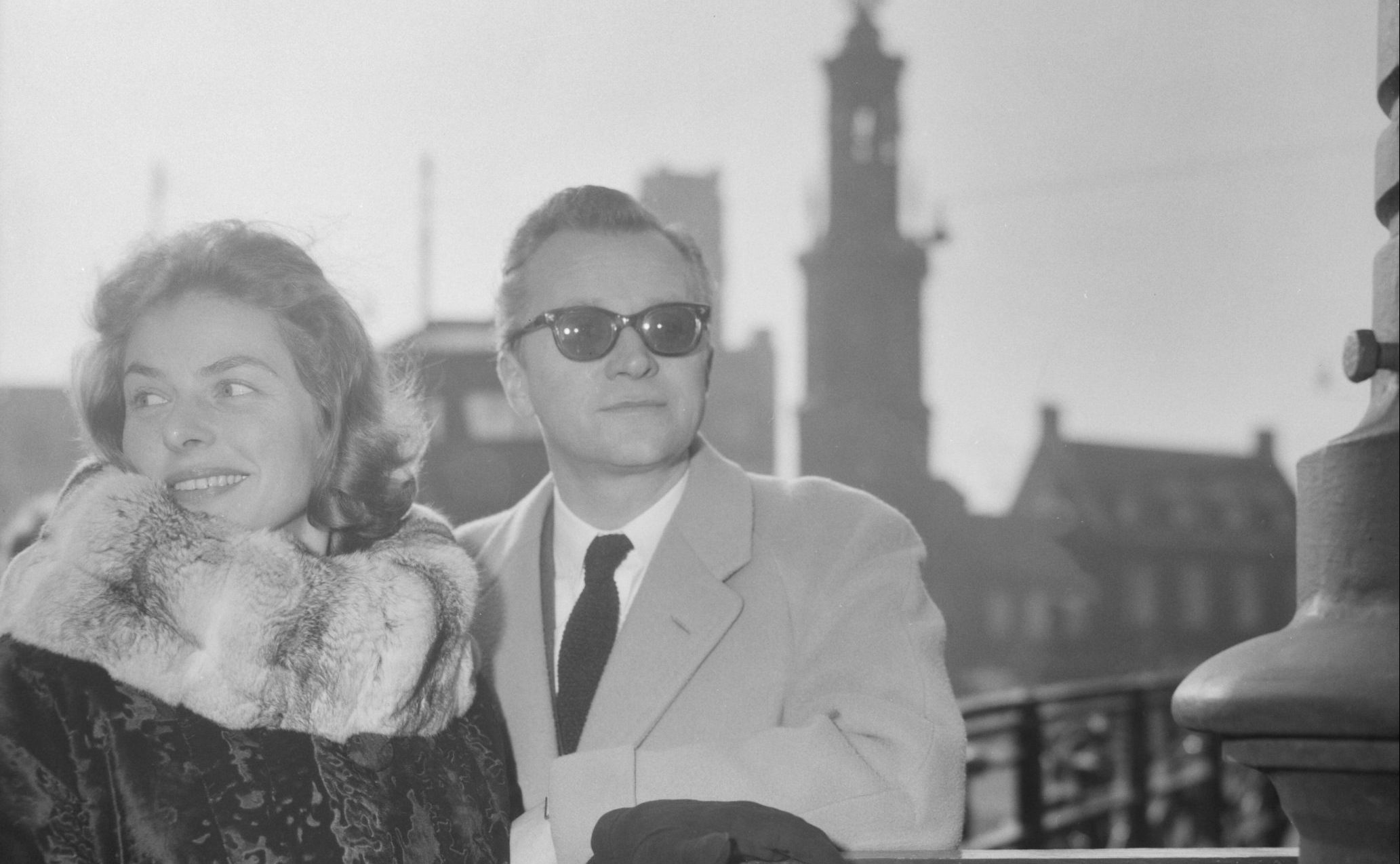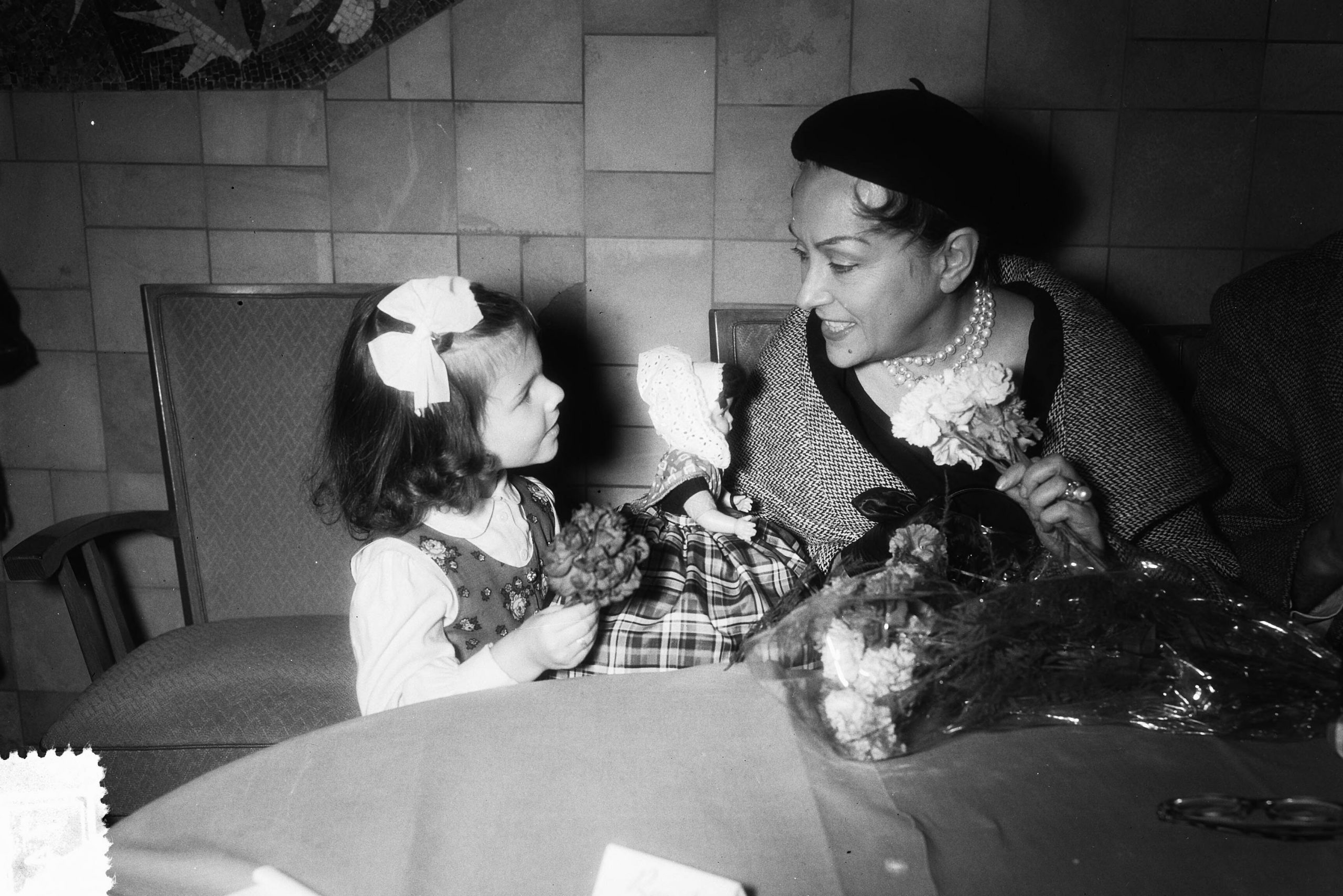He was one of the most influential directors of all time who was never honoured with an Academy Award for his work as a director: Without question, von Sternberg is best known for his collaborative work with German-American actress Marlene Dietrich – von Sternberg is considered the discoverer of Marlene Dietrich for Hollywood film. The seven films in which Marlene Dietrich appeared under the direction of Josef von Sternberg formed the basis for Dietrich’s later image. Marlene Dietrich later said time and again that she had never again met a director like Josef von Sternberg, who was said to have mastered every detail of his work perfectly. He not only had an eye for what was happening in front of the camera, but – especially in the case of Marlene Dietrich – he moulded his actors and gave them an image that stayed with them for the rest of their careers. Every little detail played a role – from the lighting on the film set to the choice of props and the costumes of the main actors: Josef von Sternberg had his own vision of the film.
“You can feel the air in every room“ – Riefenstahl on von Sternberg’s work as a director
(Riefenstahl 2000, p. 119)
Leni Riefenstahl and Josef von Sternberg
It didn’t matter to him how many times a scene had to be reshot until the desired result was achieved: According to the records, Josef von Sternberg was an absolute perfectionist when it came to working on the film set.
In her memoirs, director Leni Riefenstahl describes her first meeting with Josef von Sternberg in Berlin, which was to develop into a long-lasting friendship: Riefenstahl saw the silent film The Docks of New York (1928) in the cinema and is said to have decided to meet the director in person. One might expect Leni Riefenstahl, who was already working with the director and film pioneer Arnold Fanck at the time, to realise this plan: “You can feel the air in every room” (Riefenstahl 2000, p. 119), Riefenstahl allegedly said in a conversation with von Sternberg at the Hotel Bristol in Berlin, which impressed the director greatly.
There was a very special reason why Josef von Sternberg was in Berlin at the end of the 1920s…
The Blue Angel
The film project The Blue Angel (1930) was being realised in the Babelsberg UFA studios – the film was shot simultaneously in a German and an English version. Today, this film is considered one of the first classics of sound film: Heinrich Mann’s novel Professor Unrat served as the basis for the film. In her memoirs, Leni Riefenstahl states that von Sternberg told her that he had been looking for a suitable leading actress for the role of Lola Lola for quite some time: The vaudeville singer Lola Lola seduces Professor Immanuel Rath (played by Emil Jannings) and leads him into the abyss – it was not easy to find a suitable cast for this role, as it was a new type of role in many respects. The sound film was still relatively new, and because of the agreed English and German versions of the film, the cast also needed an actress who could speak both languages on screen.
According to Leni Riefenstahl, von Sternberg and the prospective director are said to have discussed Marlene Dietrich during their conversation at the Bristol in Berlin – in the course of that conversation, Riefenstahl remarked that the young Dietrich might be just the right type for the role of Lola Lola…
The Dietrich-von Sternberg team
Did the young Leni Riefenstahl realise at the time that with this recommendation she was probably giving the go-ahead for one of the most artistically successful director-actor pairings in film history? Josef von Sternberg is said to have invited Leni Riefenstahl to go to Hollywood with him shortly afterwards – Riefenstahl declined, to her later regret. Instead, another actress chose the same route as Josef von Sternberg and moved to Hollywood: After it became clear what a great success The Blue Angel would be, Marlene Dietrich received an offer from Paramount Studios to make films together with Josef von Sternberg in Hollywood. In the 1930s, the professional careers of Marlene Dietrich and Josef von Sternberg can practically be told together – the pair made numerous films that are now considered classics and form an integral part of film history. The best-known films that Dietrich and von Sternberg made together include Morocco (1930), Shanghai Express (1932) and The Scarlet Empress (1934).
It is often said that genius and madness are two sides of the same coin.
Josef von Sternberg: Trilby?
From then on, Josef von Sternberg saw himself as the guardian of the public image of “his” actress Marlene Dietrich – “Du Svengali – Ich Trilby [You Svengali – I Trilby]” (Dietrich 1987, p. 102) was the title Marlene Dietrich gave to the chapter on Josef von Sternberg in her memoirs. This paraphrase goes back to the novel by the English writer George du Maurier Trilby.
Over time, the term Svengali became synonymous with a “hypnotist” who operates in the background and uses manipulation, among other things, to bring a personality from the worlds of art and music to the top. George du Maurier’s Trilby is also about nothing else – but, despite all the manipulation, the question remains as to which path Marlene Dietrich would have taken if she had not met Josef von Sternberg and had not gone to the United States with him. It is often said that genius and madness are two sides of the same coin – this may have applied to Josef von Sternberg just as much as to many other geniuses in their fields.
The vision of film
In the mid-1930s, Hollywood changed and so did the viewing habits of the audience that flocked to the cinemas: the last collaboration between Marlene Dietrich and Josef von Sternberg The Devil Is a Woman (1935) was a flop and Paramount parted company with director Josef von Sternberg. For Marlene Dietrich, the time after Josef von Sternberg was not particularly easy – she had lost the person who had created her image. Von Sternberg did not fare much better – it can be said that his career as a director was practically over after his professional separation from Marlene Dietrich. Although he made a few more films, including the Japanese film The Saga of Anatahan (1953), a project that is said to have been close to von Sternberg’s heart, he was never able to repeat his success with Marlene Dietrich.
There is no question that Josef von Sternberg has a firm place among the most influential directors of the 21st century: his unique visual language and the cinematic harmony of his films are testimony to a director who mastered his craft perfectly and knew how to realise his vision of film.
Cover picture: © Simon von Ludwig
Main sources: Dietrich, Marlene: Ich bin, Gott sei Dank, Berlinerin [I am, thank God, a Berliner], 1987 Ullstein Verlag & Riefenstahl, Leni: Memoiren, 2000 Taschen

 Deutsch
Deutsch

